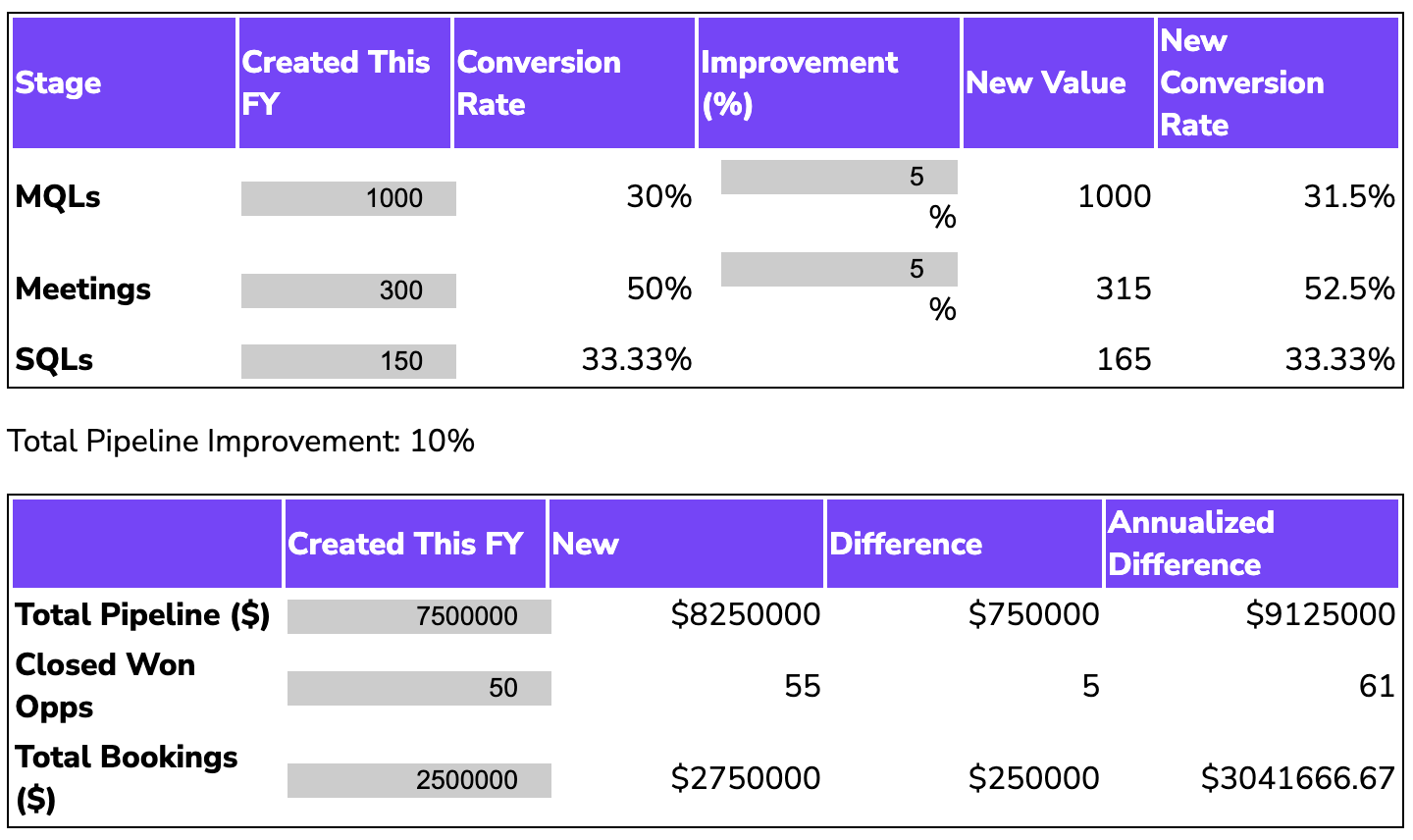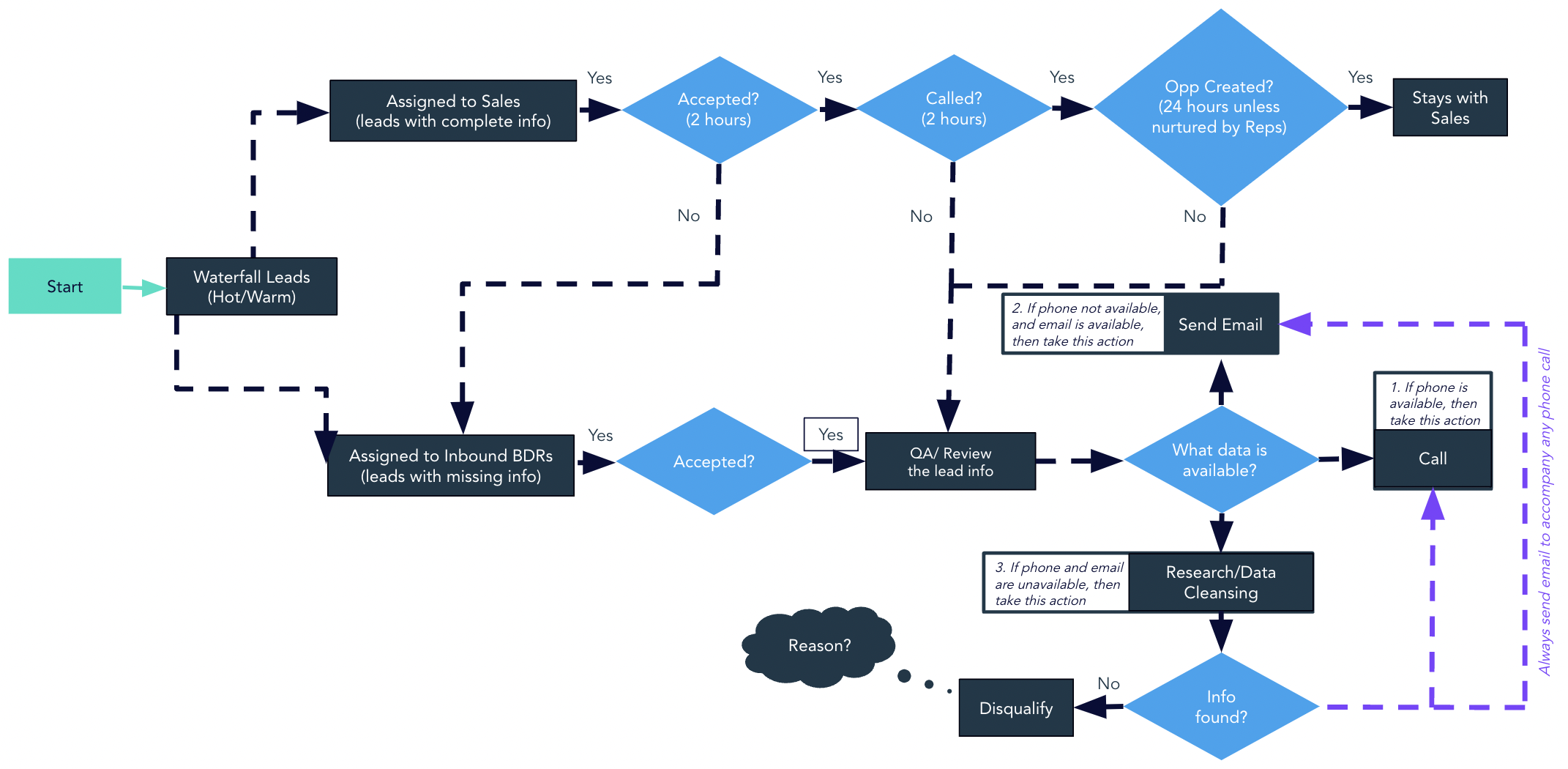Let’s start with a truth that doesn’t get said enough: B2B Chatbots aren’t fixes for everything. They won’t fix a broken funnel, save a weak offer, or make people love your brand overnight. But a well-planned, well-executed b2b chatbot can move leads through your pipeline faster, support your sales team with better-qualified hand-raisers, and optimize your marketing operations flows.
Whether you’re starting from scratch or trying to turn around an underperforming bot you launched two years ago and haven’t touched since (we see you), this guide walks through how to do it right—without annoying your prospects, creating yet another abandoned automation flow, or lighting your CRM on fire.
Step 1: Don’t Build first. Start with a Plan.
Before you even think about platforms, conversational logic, or button colors, take a step back and answer a few key questions with your team:
- What are we trying to solve for?
- Who are we trying to help—sales? Customer success? Marketing?
- What does success look like?
Talk to your customer-facing teams (sales, support, onboarding) and gather the most common questions they’re fielding. You’ll get a clearer view of the gaps your chatbot can help bridge.
Get specific with your goals. Are you aiming to:
- Increase lead volume?
- Pre-qualify prospects more effectively?
- Provide faster support to current customers?
- Route the right people to the right content or contact faster?
Goals are locked in; now, choose the KPIs that matter. Metrics could include:
- Number of handraisers moved to sales
- Average chat completion rate
- Impact on pipeline velocity
- Reduction in support ticket volume
Choose the type of chatbot you’re building:
- AI-powered (more flexible, but higher setup and maintenance)
- Rules-based (great for predictable flows and clear branching)
- Live chat hybrid (useful if handoffs are common or necessary)
Sponge.io Tip: If you’re in the B2B space, a rules-based chatbot with a smart, scalable structure will usually get you 80% of the way there—and it’s much easier to optimize.
Step 2: Choose the Right Technology: It Plays Nice With the Rest of the Tech Stack
Too many teams pick chatbot tools based on surface-level features or flashy UI. But here’s the thing: your chatbot is just another touchpoint in your larger martech stack flow—so if it doesn’t integrate well or causes downstream chaos in your CRM or MAP, it’s not worth the headaches.
Here’s what to look for in a chatbot platform:
- A/B testing capabilities for copy, flow, and CTAs
- Flexible segmentation (e.g., current customers vs. new visitors vs. prospects)
- Smart routing logic based on UTM parameters, user behavior, or page context
- Easy CRM + MAP integration (Salesforce, HubSpot, Marketo, Pardot, etc.)
- Support for multi-language or accessibility if needed
- A clean UI that marketing can manage without waiting on dev cycles
Sponge.io team’s current chatbot favorites include HubSpot Chatflows, Zoominfo Chatbot, Zapier AI Chatbot, & Qualified. Make sure when you build the chatbot it doesn’t become a disconnected silo. It should support your sales enablement workflows and plug into existing lead scoring, routing, and campaign automation logic—not bypass them.
>>Related: How to QA Marketing Ops<<
Step 3: Start Small. Learn. Scale.
One of the biggest mistakes we see? Teams that try to launch a full-blown b2b chatbot program with a dozen flows, four integrations, and 15 entry points simultaneously.
Don’t be that person.
Be the voice of reason, instead:
- Start with ONE chatbot on one high-traffic page (like a pricing page, demo request, or support hub).
- Build a clear, rules-based flow focused on a single goal (book a demo, qualify a lead, deflect support requests, etc.).
- Roll it out, A/B test early, and gather feedback fast.
Launching in stages helps reduce risk, sync errors, isolate bugs, and tighten your flows before you roll out more widely. Think of it like a growth hacking experiment: test, learn, optimize, then scale.
When you are ready to expand, follow these steps:
- Add new entry points based on intent and content (blog vs. solutions page vs. product detail)
- Use behavior-based triggers (e.g., 30 seconds on page + scroll depth)
- Segment flows by audience type or funnel stage
This staged approach keeps things clean, fast, and functional, making reporting a lot easier.



